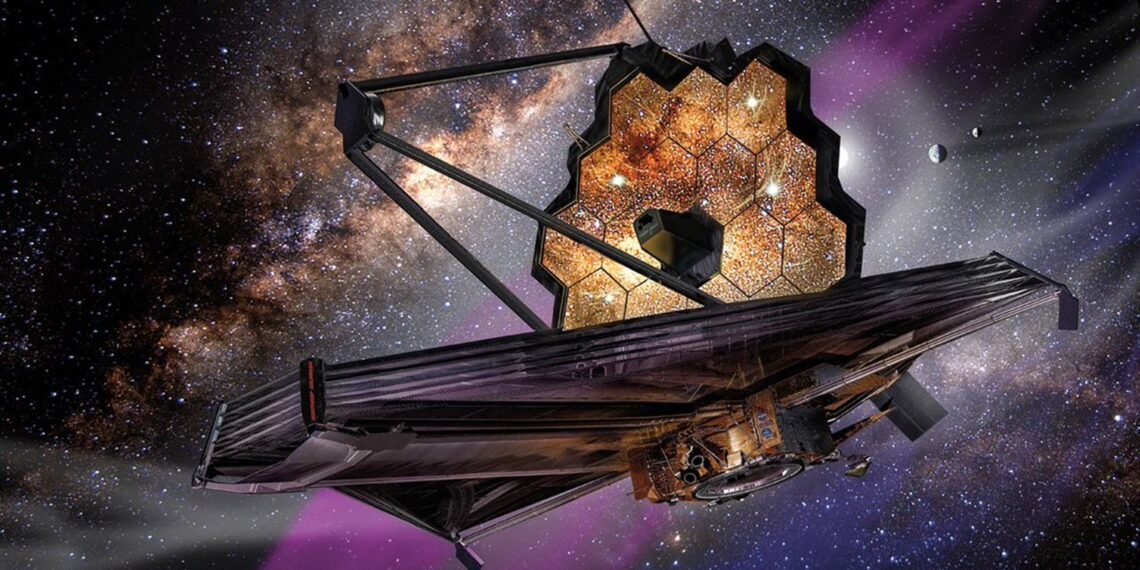Scientists using the James Webb Space Telescope have found the second and fourth-most distant galaxies in Pandora’s cluster, a part of space.
These galaxies, positioned an astonishing 33 billion light-years away, offer a unique look into the early days of the universe, showing us how galaxies might have formed back then.
Bingjie Wang, a member of the JWST UNCOVER team from the Penn State Eberly College of Science, made the extraordinary find.
Typically, galaxies at such great distances look like tiny red dots in pictures.
However, these new galaxies look different, described as a “peanut and a fluffy ball” by researchers.
“Previously discovered galaxies at these distances … appear as a dot in our images. But one of ours appears elongated, almost like a peanut, and the other looks like a fluffy ball,” Wang was quoted as saying by an online Science website.
The light we see from them now was emitted about 13.4 billion years ago, when the universe was only 330 million years old.
ALSO READ Cosmic blackout: Mars to vanish from night sky due to Solar Conjunction
Their current distance is due to the universe expanding over time.
The James Webb Space Telescope, launched in 2022, took pictures of Pandora’s cluster, capturing over 60,000 sources of light.
This region was chosen because it’s behind many galaxies, creating a gravitational lensing effect.
This effect, like a cosmic magnifying glass, happens when the gravity of a front galaxy bends space, warping the light from behind.
Researchers also used computer models to understand these ancient galaxies.
As expected, the two galaxies were young, had few metals, and were actively forming stars rapidly.
This discovery not only adds to our cosmic knowledge but highlights how powerful telescopes like James Webb help us explore the secrets of the universe.
The finding of these faraway galaxies in Pandora’s cluster is a big step in our journey to understand how the universe began and evolved.















